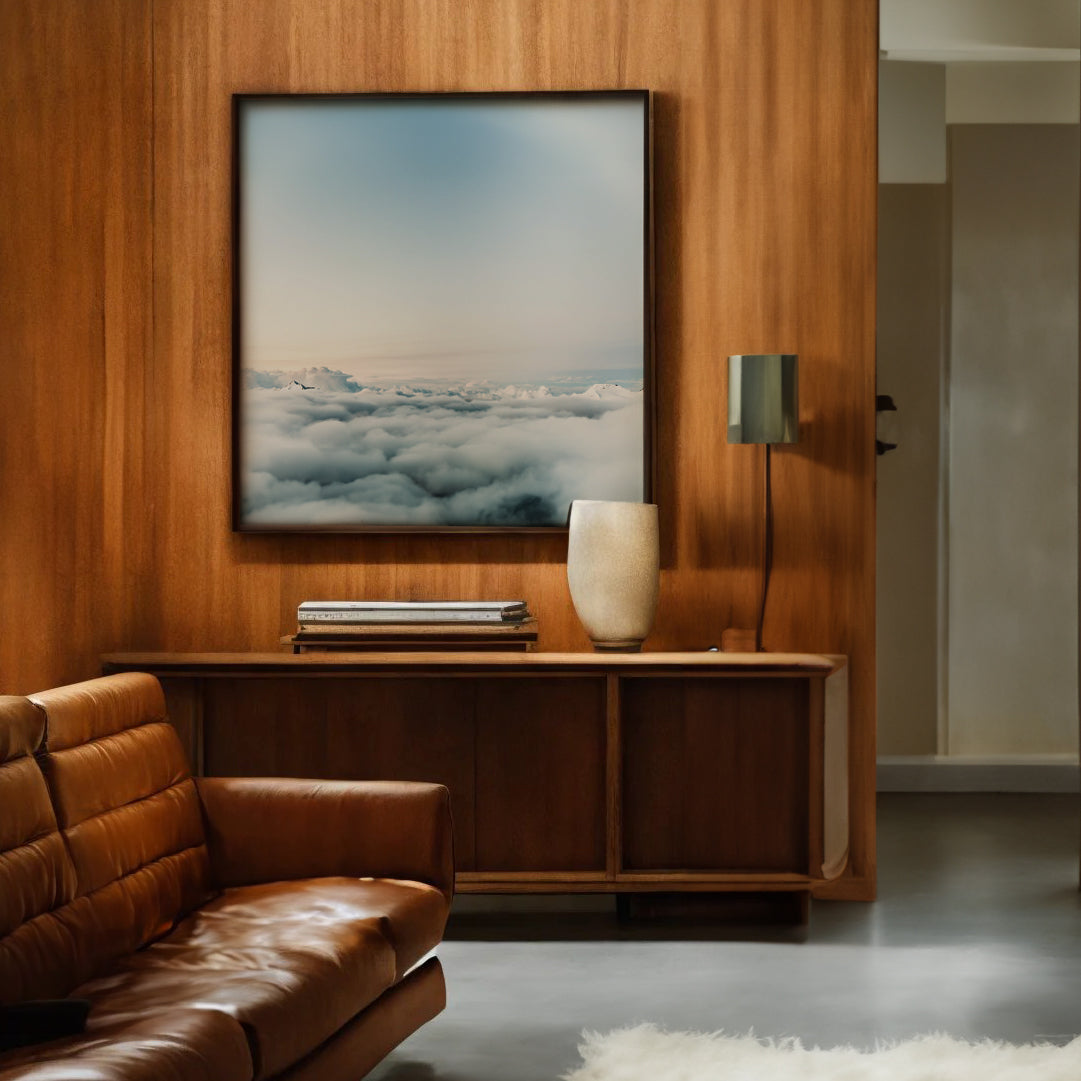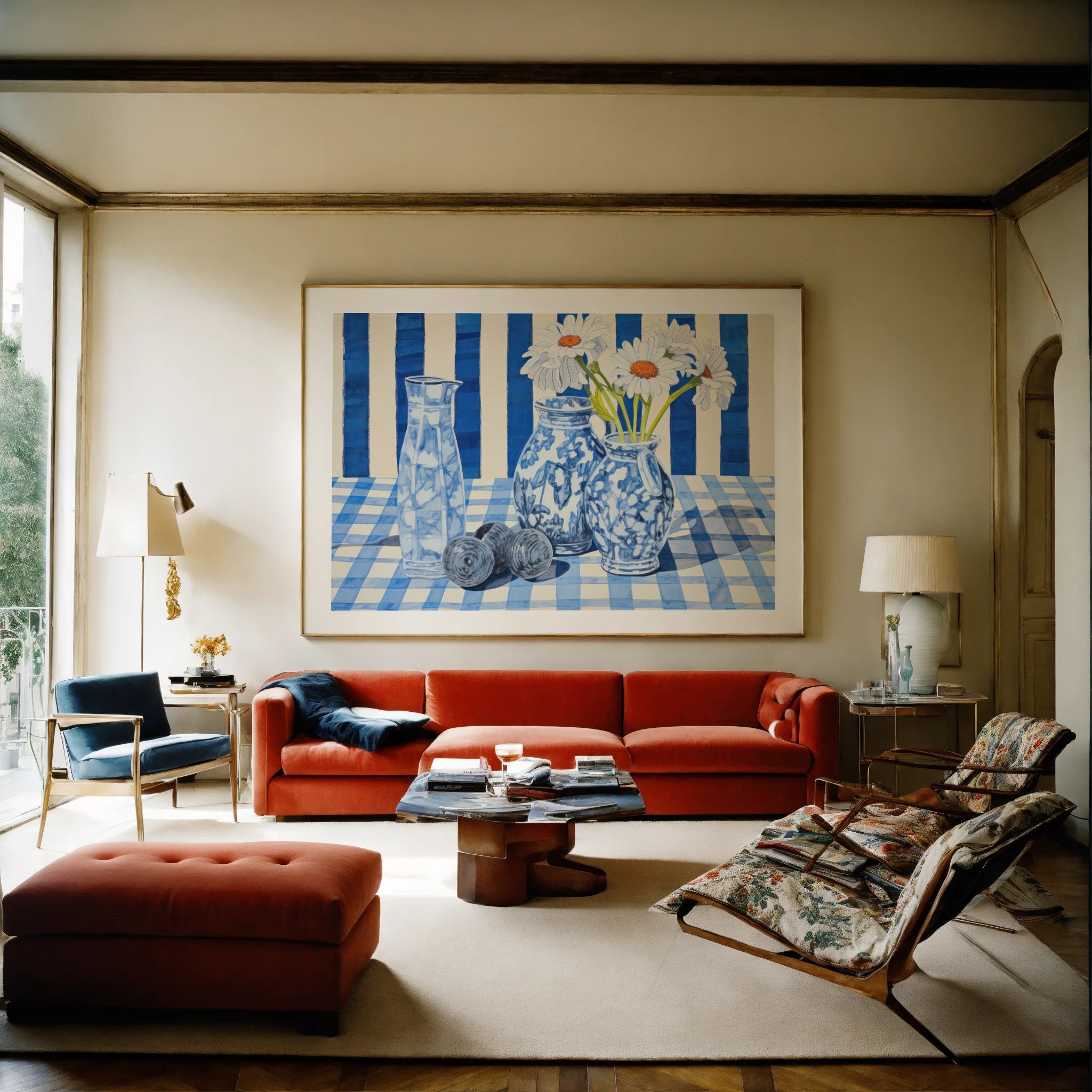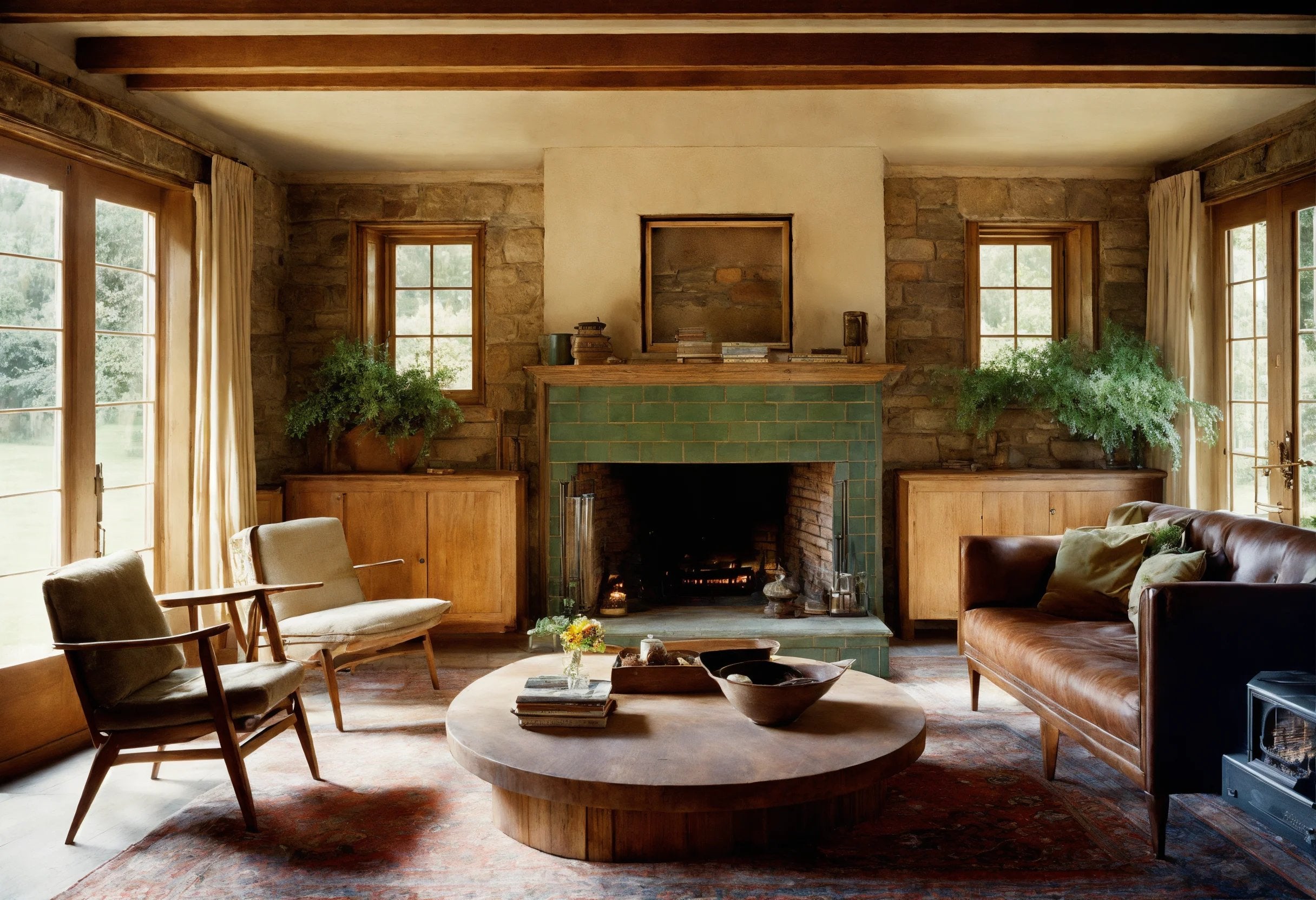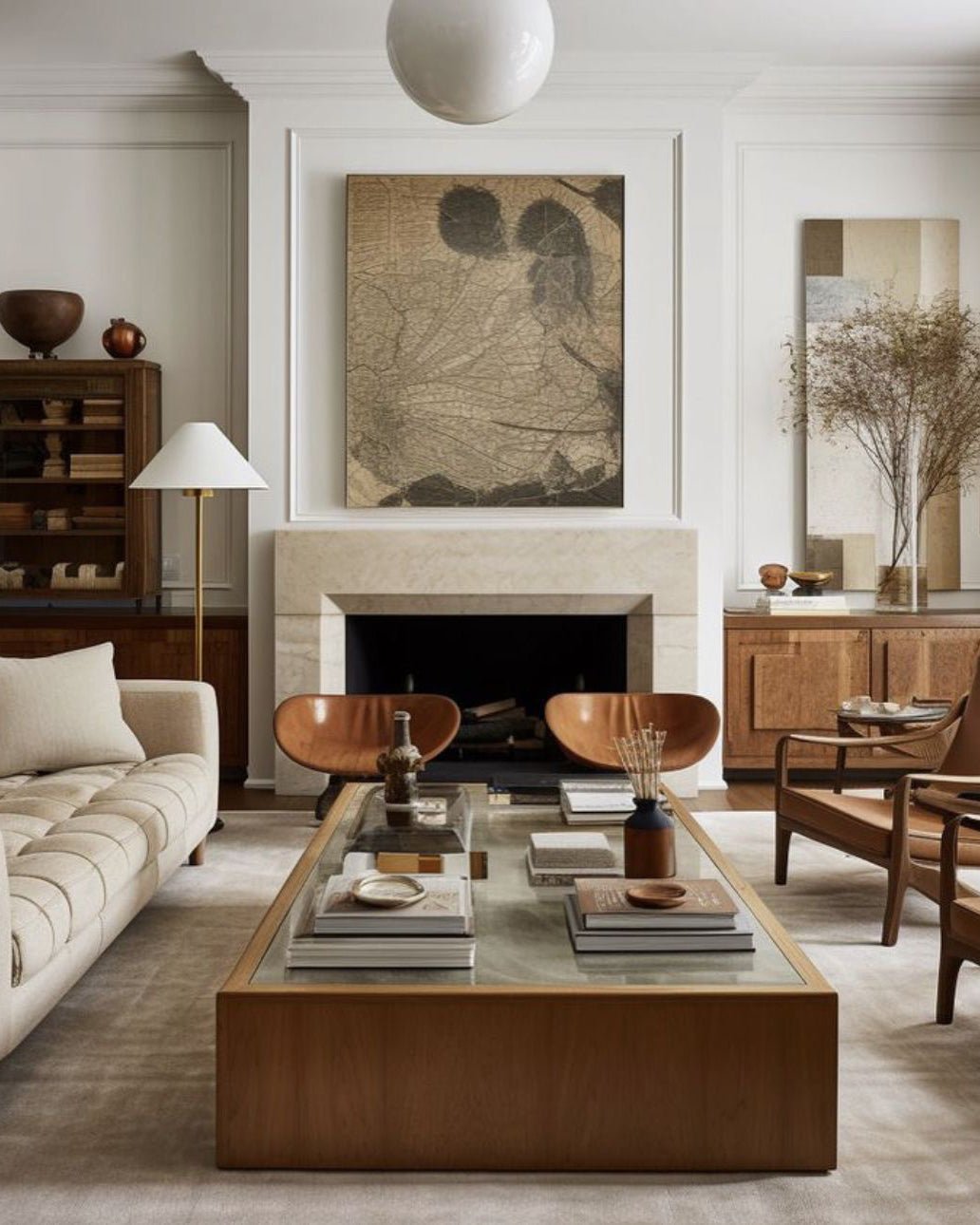Article: The How-To Guide: Styling Vintage Decor
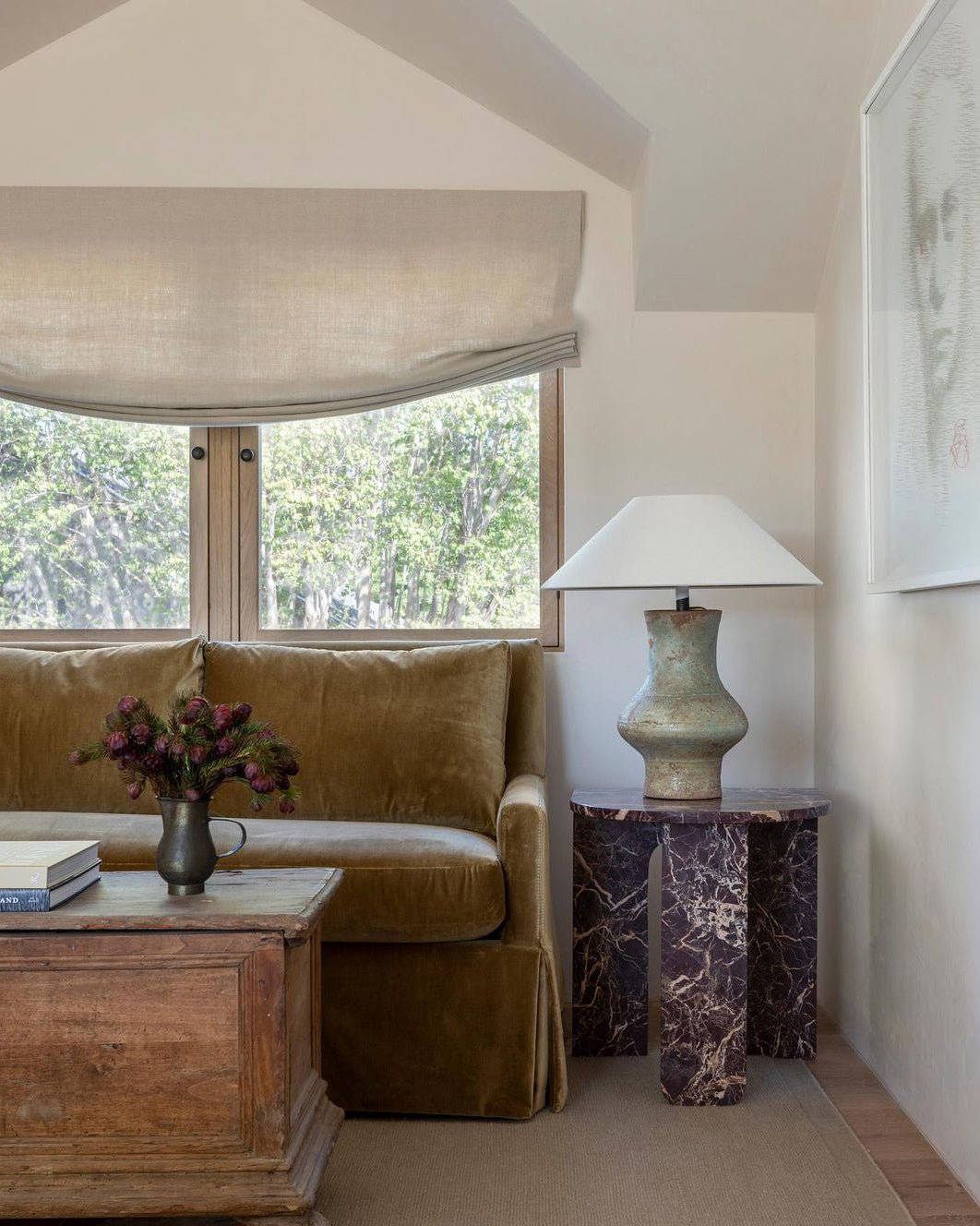
The How-To Guide: Styling Vintage Decor
There's nothing better than the charm, depth, and texture that vintage home decor brings to a space. Interior design is about telling a story within the confines of four walls, and vintage pieces are unparalleled when it comes to expression. They are captivating, and add a layer of interest that can help turn any house into a home.
Vintage home decor pieces provide a space with a lived-in look, making it feel warm and inviting. A purposeful curation of vintage pieces can also tell a story of the people that live there, their interests, or even their family history - making the home feel unique to you.
Like many aspects of design, styling vintage room decor is an intuitive practice, involving experimentation, addition, subtraction, and stepping back to appreciate the vignette as a whole. Luckily, we have some handy tips to help you get the most out of unique vintage pieces.
Tip No. 01: Give it Space
When it comes to vintage styling, Lidia and the design team always aim for that delicate balance between too much and too little. Vintage pieces are beautiful, but most of us want to keep our house looking like our home, and not an antique shop (even if we do love antiquing!). Vintage pieces add a touch of spice, so you want to sprinkle the right amount to avoid a space looking too cramped or cluttered.
Give your vintage pieces some space. If you have a shelf that is holding a pair of ornate antique bookends, try pairing it with a set of modern or monochromatic books to give the bookends the space to shine. The simple books won't be competing with the ornate bookends and the combination of styles will give the entire look more variety and visual appeal. You can also reverse this if you have a set of beautiful vintage books - try a set of simple modern bookends (such as a pair of modern stone bookends). Experiment with different arrangements, and take a step back to look at the whole - the goal is for everything to feel balanced. Don't worry if you don't get it right the first time, every interior designer goes through several iterations before figuring out the perfect arraignment.
Tip No. 02: Mix it up
Vintage decor adds much needed dimension to any space, but you want to avoid being too repetitive with your vintage pieces. As mentioned above, the key is balance, and a mix of materials will allow you to achieve this.
As an example, let's say you're looking to create a gallery wall of family photos. In order to make photos from different times and styles cohesive, you can choose to print them in black & white, but in order to add some dimension, you can frame them with vintage frames. You can hang them in different and unique frames made of different materials, so long as the tones of the frames work harmoniously together. In this case, the family photos are cohesive, the frame colours are complimenting each other and work together as a whole, and the difference in materials and textures of the frames give the entire look dimension and visual interest. This balance allows the gallery wall to look intentional, yet not overwhelming to the eye.
Tip No. 03: Drape the Texture
If you're not sure where to start to add some vintage flair to your space, or which items to buy, start with the textiles. On a small scale, that could be incorporating a vintage pillow or blanket on your sofa that compliments the existing colour scheme.
If you're looking to have a larger impact, try a vintage rug. It's a perfect addition to any space, from entryways to kitchens as it brings warmth and texture to your space without much effort. If you're feeling adventurous, you can even source your own vintage fabrics and have a furniture piece reupholstered or even sew your own pillowcases. Vintage fabrics can be so beautiful that they can be a piece of art all on their own - try framing a large silkscreen fabric piece for a bold statement in your space.
Final Thoughts: Start with Three
If you're still staring at your space wondering where to start or how much to incorporate, start with three areas: floor, tabletop, wall.
As an example, let's go with a simple white kitchen. It's recently been renovated but the simple finishes lack charm and dimension. Look at the colours that already exist in your space that you want to enhance, and perhaps pick out a couple more colours that you would like to incorporate into the space. Start with the floor - find a vintage runner that would compliment the existing colours of your space and bring in one or two of the new colours you'd like to incorporate. This rug can be your anchor. Move up to the tabletops (or in this case countertops), and pick a practical countertop item that would compliment your lifestyle, such as set of vintage stone canisters to store your coffee essentials, or beautiful tray or wood plank to corral your countertop items. Finally, look up at your walls - find an area that is missing a bit of flavour and look for a wall decor piece that can bring some of the colour (and therefore your eye) up the wall. This could be a small print incorporating the colour scheme, or some vintage copper pots or wooden utensils to hang. It could even be kitchen window curtains fashioned from some vintage fabric.
Once you have your three areas covered, step back and decide what else is missing (if anything)! Once you've had time to enjoy the space you may now see an area of the kitchen that needs some more dimension, and you can work within your established colour palette to find another piece that would compliment that part of your space. Let your intuition be your guide!
Lidia & Co.

